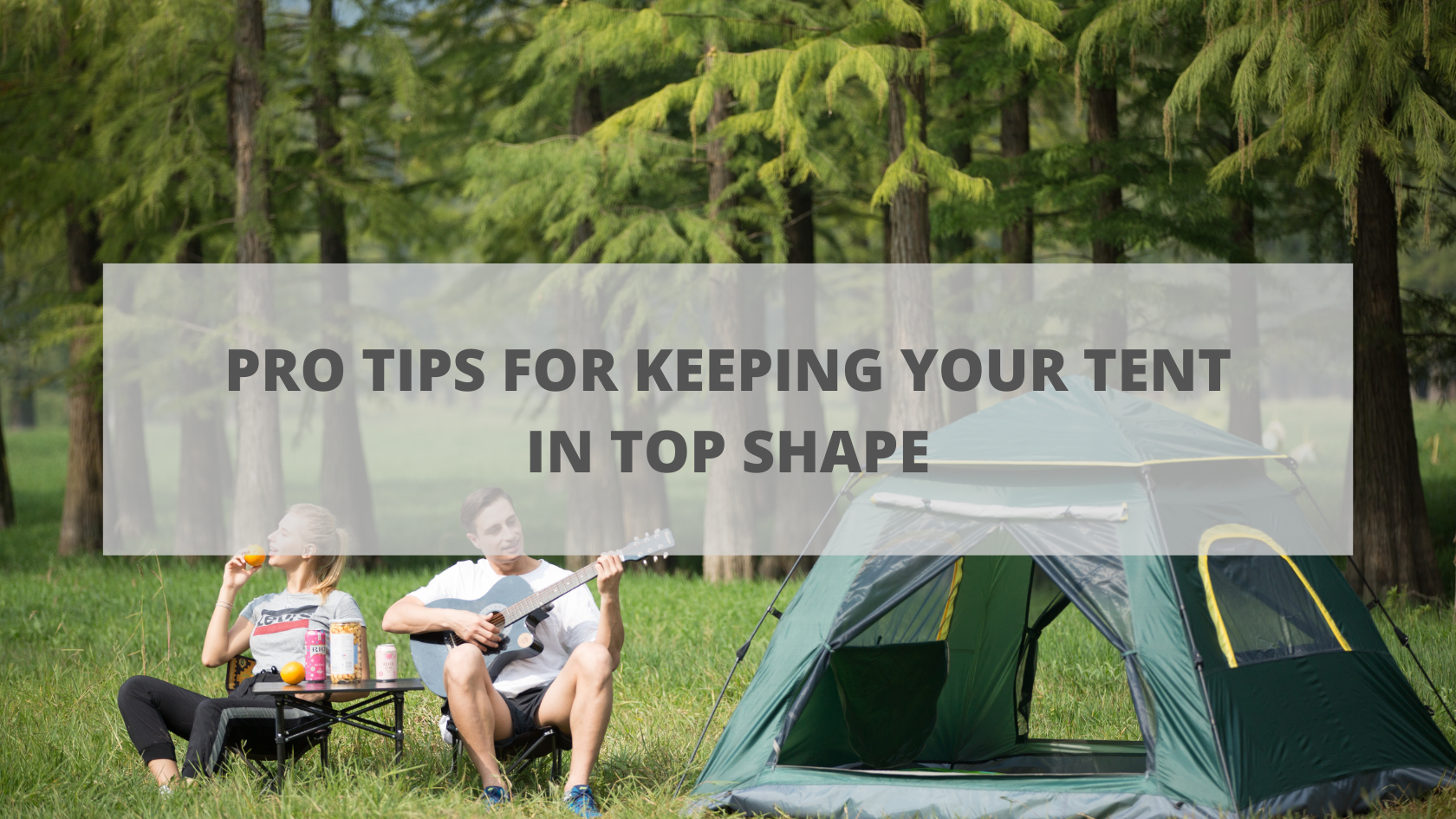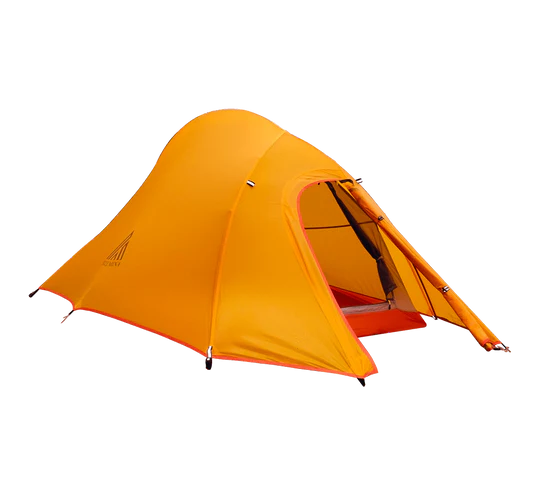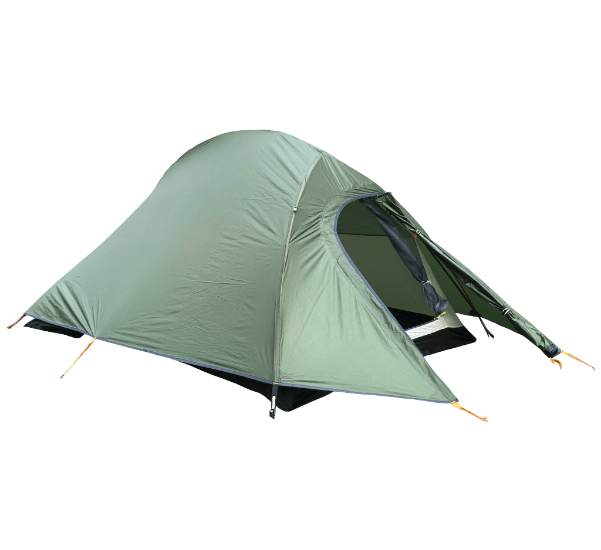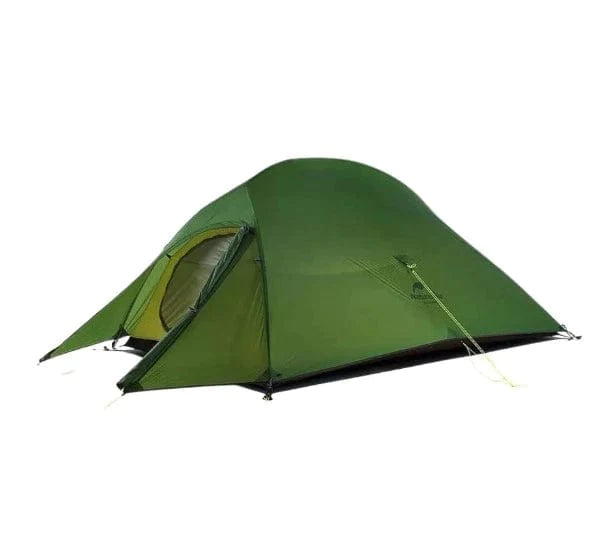- No products in the cart.
Pro Tips for Keeping Your Tent in Top Shape

Keeping our tent in shape is one of the many challenges a hiker experiences. No matter how cautious we take care of our hiking gear and equipment, even if they are dubbed to last for years and built from sturdy materials, they can still get broken. Does this mean we need to jump to the conclusion of getting a new one?
The answer depends on the current status of your hiking gear. If the damage is too severe and saving it will cost you more than its original price, getting a brand new tent is a better alternative. However, a quick fixer-upper will do if it is just a simple hole in your tent.
If you are stuck fixing your tent or preparing for an upcoming trip, here is a guide on repairing your tent. From the holes to leaking, we got your backpacking journey covered!
How to Repair a Tent?
We have listed some of the most common tent dilemmas that hikers usually experience. Have you encountered any of these? Well, here is how you can fix them.
Holes in Your Tent
A sideswipe to a serrated branch, sharp stones and pointed sticks, or pitching on a rocky terrain will immediately damage your tent by leaving a hole in it. For this reason, hikers usually tag a TPU Gear Repair Patch with them for "just in case" HOLE-lot emergencies. A puncture or tent cut can already make you feel uneasy. The rain can pass through it, the sunlight can get into you, or unwanted pesky insects can enter your tent at night. Adding a repair patch to your tent fabric will smooth out the hole and avoid prolonging the damage to your tent. Following up the gear repair patch with a waterproofing spray would be best to prevent water leaks and make your tent look brand-new.
Apart from the tent, this also works with other hiking gear in Australia, such as a sleeping bag, sleeping pad, sponge pad, inflatable pillow and sofa, and waterproof bag.
Leak Around Your Tent
Since our tents serve as our home away from home, their capability is tested by time and when they brave harsh weather conditions such as a tropical storm. Therefore, it is best to inspect your tent every after usage to prevent any sign of leaking. The seams are the most vulnerable areas of a camping tent, so keeping it sealed is essential, especially if you plan to set your trip during a rainy season. Always bring rubbing alcohol, a rag, and a seam sealer with you. These will only occupy a little space in your bag while keeping you at ease in case of leaking.
If you need to learn how to apply a sealer, look at your tent and check for loose seam tape. Then, peel off this section and clean it using a rag and rubbing alcohol. Let the seam dry for a couple of minutes before applying a seam sealer using a brush and let it completely dry. Once dry, you will see your seam looking brand new.
Repair Your Tent Mesh
More often than not, camping tents are designed with a protective layer called tent mesh to prevent sand, dirt, and insects from entering your canopy while allowing cross-ventilation. Unfortunately, this layer is also prone to holes. If you ever see a spot around your mesh netting, grab a repair patch and fix it immediately to prevent the hole from getting more significant. It would be best to repair it a day before your trip to let the patch cure properly.
Restoring a Broken Tent Pole
Although modern tent poles received a significant upgrade over the years, they are not excepted from getting broken. We should always keep in mind that unforeseen circumstances linger during the trip. A simple accident like unknowingly stepping into your tent or getting blown by a strong wind can snap and break your tent pole. The practical solution for this dilemma is to patch things up with a First Aid Pipe For Tent Pole. If we need a first aid kit, so do our tent poles! These pipes are made from lightweight aluminium alloy, which offers quick repair for all tent poles.
Tent Waterproofing Restoration
For those with old-school tents, make sure to repair your waterproofing before leaving your home. Even if the weather is sunny all day, you can not expect the same thing at night. Waterproofing helps you keep dry and comfy inside your tent. Make sure to apply a durable water repellent on your tent.
When applying a water-repellent solution, ensure to wet your tent and spray around it based on the instruction indicated since other water-repellent concentrations differ. Additionally, with the right gear, your waterproof tent will keep your equipment dry and protect you from extreme weather.
This process is optional with modern camping tents since they are now designed to be waterproof.
Polishing a Sticky Tent Zipper
A sticky tent zipper can cause you to lose your temper. It is an annoying dilemma that we should not neglect. If you try to force your way to fix it, the gams will only lead you to a more dangerous scenario. Always check for the fabric around your zipper, as this is usually the culprit. If you are already on the site, clean off any debris in the zipper and rub an unscented candle around your zipper teeth, as this will serve as a lubricant for the zipper.
Tips to Extend the Life of Your Shelter
Prevention is always better than cure. So to nip in the bud any further damage, here are some valuable tips you can follow to extend your tent's life.
1. Do NOT Store Your Tent Wet
If you want your tent to last long, do not attempt to store it while it is still wet. Ensure the fabric and coatings are dry to avoid premature breakdown. The best way to extend the life of your tent is to store it properly — dry and clean. Make sure to keep it secure out of direct sunlight as well.
2. Footprint is ALWAYS a MUST
Whether going for an ultralight tent or a lightweight hiking tent, tagging along a footprint on your trip is always a MUST, especially if you plan on using your tent for years. Placing a tent footprint creates an additional layer that raises your tent off the floor and keeps water and dirt beneath your camping shelter away. In addition to keeping your tent clean, it also reduces the amount of heat loss to the ground.
3. Give Your Zips a Little TLC
Giving your zippers a little tender loving care, such as removing dirt, always goes a long way. Since some zippers are made to be taut, we can expect miniature tension every now and down. So it is better to use both hands when opening or closing your tent's zipper to avoid mishaps.
4. Check Your Poles
Poles usually get damaged during setups. As much as possible, be extra cautious when pitching your tent and shun the ends of the poles from banging together, which can lead to dents or cracks. If it is your first time setting up a tent, follow the manual coupled with the tent to evade the poles from overstressing, as this can result in permanent damage.
5. Avoid Too Much Exposure to The Sun
Although tents are made to shelter us, keeping them long under the sun can break down the nylon fibre of the tent, making it dry and brittle. If you do not want to experience the hassle of constantly putting back and forth your tent, use a tarp or a thick cloth to serve as a protective layer to your tent.
6. Bring a Rainfly
A rainfly is a tent accessory that keeps the rain and moisture at bay. Although, these days, you can find a 2-person hiking tent already equipped with a rain fly, it is an excellent alternative if you are camping on a budget. Instead of getting a separate rainfly, go for those with a built-in feature.
Conclusion
When you take good care of your things, they last long. Like camping tents, the more you keep an eye on them, the longer you can use them. Even though modern tents are now sturdier compared to the old models, you still need to pay attention to keeping their maintenance. So if you want your shelter to stay in shape for years, follow all the tips we have narrowed down in this article.
And for more camping site tips, check out our website to get the latest about camping gear and equipment.
Available Products
Illumina X - 1.55 Kg Ultralight Hiking Tent - Forest Green
Experience the ultimate lightweight hiking with the Illumina X Ultralight Hiking Tent in Forest Green. At only 1.55 Kg, this 2-man tent is designed for your convenience during even the most challenging hikes. With a double layer and waterproof construction, this freestanding tent is perfect for all four seasons - and with its sleek design and versatile forest green colour, you will stay comfortably and stylishly sheltered no matter where your hiking adventures take you.
Cloud Up 2 - 1.58 Kg Ultralight Hiking Tent 20D - Forest Green Upgraded
The Cloud Up 2 Ultralight Hiking Tent in forest green Upgraded is designed for avid hikers who prioritize lightweight gear without compromising space and durability. With a total weight of only 1.58 kg (excluding the optional footprint), this 2-man tent is ideal for any outdoor adventure. Its double-layer design ensures maximum insulation, making it a reliable 4-season tent. Additionally, the tent is waterproof and freestanding, providing a comfortable and dry space in any weather condition. With one convenient door and ample space, the Cloud Up 2 is perfect for a relaxing and enjoyable experience for two people.












